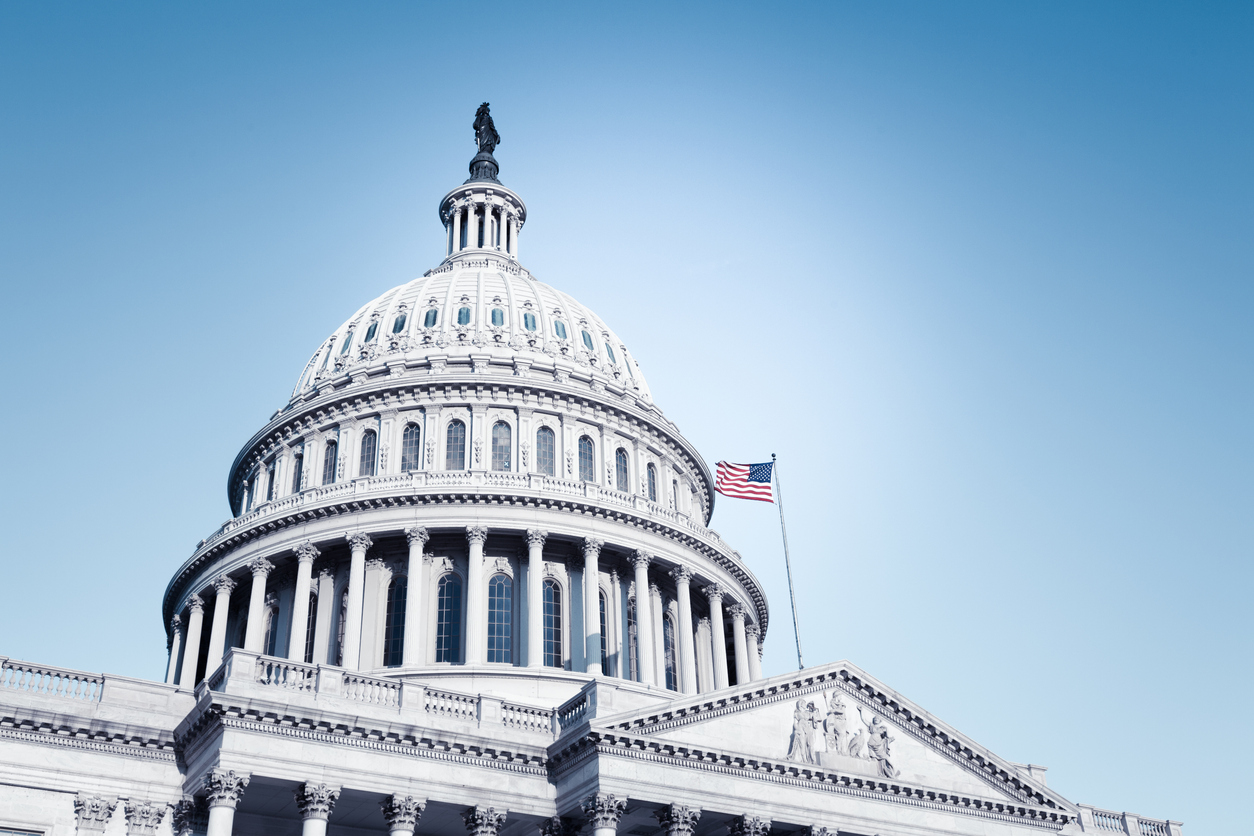As we saw a few weeks ago, US Congress recently reached an agreement on the debt ceiling. However, the issue is certainly not settled: months of stalemate have had repercussions on the Treasury’s finances. In mid-2022, the US government’s bank account showed a surplus of about $1 trillion, but in recent months, it has dropped to $150 billion. Normally, the Treasury tries to maintain a balance of at least $500 billion to cover current expenses. The reason for this decline is related to the months of stalemate preceding the debt ceiling agreement. During that time, the Treasury still had to meet state expenses, which explains the erosion of reserves. Now, it’s time for the US government to rebuild liquidity by issuing a huge amount of government bonds. It is estimated that between $600 and $700 billion will need to be raised to replenish the Treasury’s coffers, and an additional $500 billion to meet state spending. It is a significant sum to recover in a few months, which is feared to create stress in the market. But let’s start with a question.
Who will buy the debt?
Concerns revolve around the question of where the money will come from to replenish the US Treasury’s coffers. Currently, there are two options on the table: on one hand, there are banks, and on the other hand, money market funds, which currently have over $5 trillion invested in various assets. It is worth noting that these funds invest in both short-term debt securities and the famous Reverse Repo Facility, a mechanism that allows them to lend money to the Fed overnight in exchange for short-term government securities. Clearly, the money invested in this facility does not enter the economic system and therefore does not have a direct impact on the liquidity of the financial system. Depending on who bus the US debt, different options will emerge.
In this first article, we’ll outline the fundamental points of the two scenarios, which we will delve into in the coming weeks. If banks were to buy the majority of US debt, it would mean that they would transfer their cash reserves to US debt securities. The consequence would be a reduction in liquidity in the market since these reserves would no longer be used to lend money to consumers and businesses. US banks currently hold reserves of approximately $3 trillion, and in the event of purchasing US debt, it wouldn’t be difficult to see them decrease to $2.5 trillion. At first glance, this level may not seem too low, but it could raise concerns about the stability of the banking system in the United States. Lower reserves limit banks’ balance sheets, hindering their ability to lend money to finance growth and business expansion. Furthermore, a reduction in reserves would make the banking system more vulnerable and less prepared to face potential shocks.
The second purchasing option involves money market funds, as mentioned earlier, which currently have over $5 trillion invested in various assets. It appears that this is the path the US Treasury wants to pursue precisely because these funds are heavily invested in the Reverse Repo Facility. It is estimated that they have more than $2.1 trillion invested, which would be sufficient to cover the government’s needs. Consequently, if they were to shift funds from the Reverse Repo Facility to short-term government securities, the liquidity repercussions would be minimal, as these funds are already “parked” overnight at the Fed. The underlying idea of the Treasury would be to issue short-term government securities to encourage the funds to purchase US debt. Of course, no move is made without a purpose. Currently, the government has managed to convince the funds to move money towards US debt by paying a rate of 5.09%. This percentage will need to increase if the Treasury wants to further push the funds towards a more massive purchase of government securities.
So if the Treasury were able to issue short-term government securities and provide an attractive rate, it would create the ideal conditions for the funds to purchase US debt, thus minimising the impact on liquidity and maintaining bank reserves above “concerning” levels.
Don’t miss the next in-depth analysis. Next week, we will analyse the situation and the potential consequences of banks purchasing US debt.
*As with all investing, financial instruments involve inherent risks, including loss of capital, market fluctuations and liquidity risk. Past performance is no guarantee of future results. It is important to consider your risk tolerance and investment objectives before proceeding.





